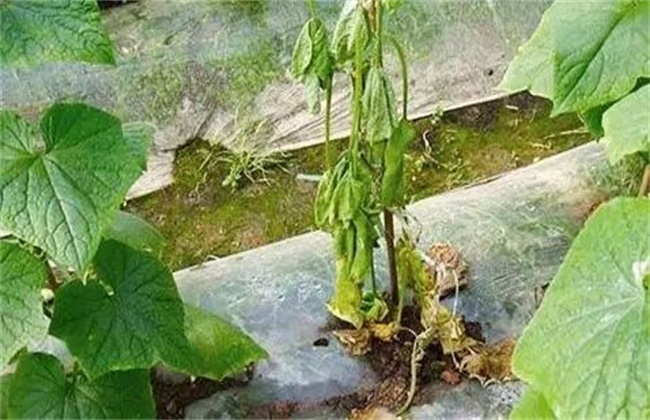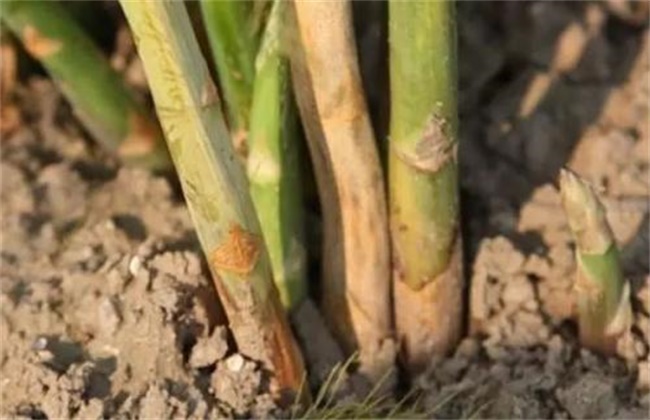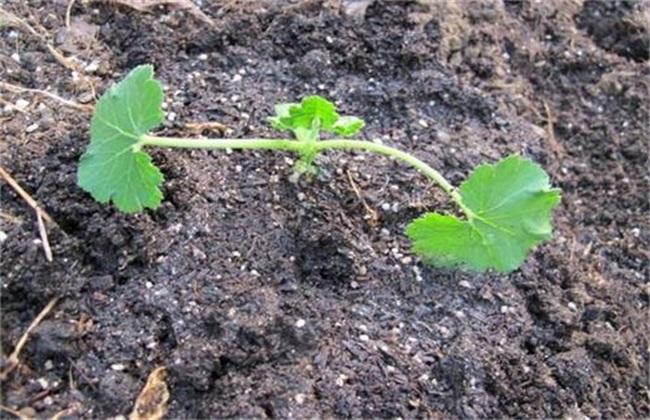Causes and control methods of falling seedlings of vegetables
Inverted vegetable seedling is also called chemical seedling, which is a common phenomenon in the process of raising melon, fruit and vegetable seedlings in winter and spring, which has a great impact on production, and is generally prone to disease before and after the first true leaf is unearthed. At the beginning, only a few seedlings fell to the ground, but on the next day, a large number of seedlings fell to the ground and died, resulting in great losses, so what is the reason for the falling seedlings of vegetables? How to prevent and cure it? Come and have a look with the editor.

First, the reason for falling seedlings.
1. Improper raising of seedlings
According to the investigation of vegetable seedlings in greenhouse, there are three main reasons for the symptoms of melon and fruit vegetables falling to the ground and dying in a short time after emergence. First, the vegetable seeds carry germs and have not undergone any disinfection and sterilization treatment, so the seedlings will fall to the ground when they emerge; second, there are soil-borne bacteria in the soil without any inhibition and sterilization treatment. in this way, the bacteria will be infected after emergence, often causing the seedlings to fall to the ground and die. Third, in the emergence of low temperature, rain and high humidity environment, this environment is very easy to induce diseases, and it is very easy to cause seedling death after infecting seedlings.
2. Disease harm
The cause of seedling collapse of melon and fruit vegetables is generally caused by quenching disease, standing blight and Fusarium wilt, in which quenching disease generally occurs in front of two true leaves of seedlings, while standing blight generally harms eggplant vegetables, while Fusarium wilt mainly harms melon vegetable seedlings. These three diseases are most likely to lead to falling seedlings of vegetables in the greenhouse, because of different ways of transmission, so the prevention and control of them are not the same, and prevention should be given priority to.
II. Prevention and control methods
1. Agricultural prevention and control
First of all, agricultural control is to change the seedbed every year, not to raise seedlings; second, to apply sufficient base fertilizer to the nursery bed, which must be fully mature, so as to prevent unmature fertilizer from bringing bacteria and insect eggs; third, to apply control agents with base fertilizer, which can effectively restrain soil-borne diseases. Fourth, the seeds should be disinfected and sterilized. The simplest method is to soak the seeds in 55 degrees medium-temperature water for 10 minutes, or you can mix the seeds with chemicals. The soil can also be sterilized with carbendazim or topiramate before sowing.
2. Chemical control
In the early stage of seedling disease, 500-fold solution of copper sulfate can be sprayed on the seedling bed or irrigated with roots after planting, which can have an excellent control effect.
The above is the introduction of the causes and control methods of falling vegetables. I hope it can help you. If you want to know more about it, please follow us.
Related
- Where is it suitable to grow horseradish in China? it is expected to see the middle altitude horseradish in Alishan.
- How to prevent tomato virus disease reasonably? (Control methods included)
- Many people like to plant towel gourd on the balcony. What are the main points of this method and management?
- What crops can chili peppers be mixed with?
- Fertilization techniques and matters needing attention in Tomato
- What are the grafting techniques for peach seedlings in spring?
- Harm and control methods of root swelling disease of Chinese cabbage
- What are the pests of sweet potatoes? How to prevent and cure it?
- Symptoms, causes and Control methods of navel Rot in Tomato
- The cause of "Cucumber rotten bibcock" in Farmers' planting Cucumber and its Control Plan



